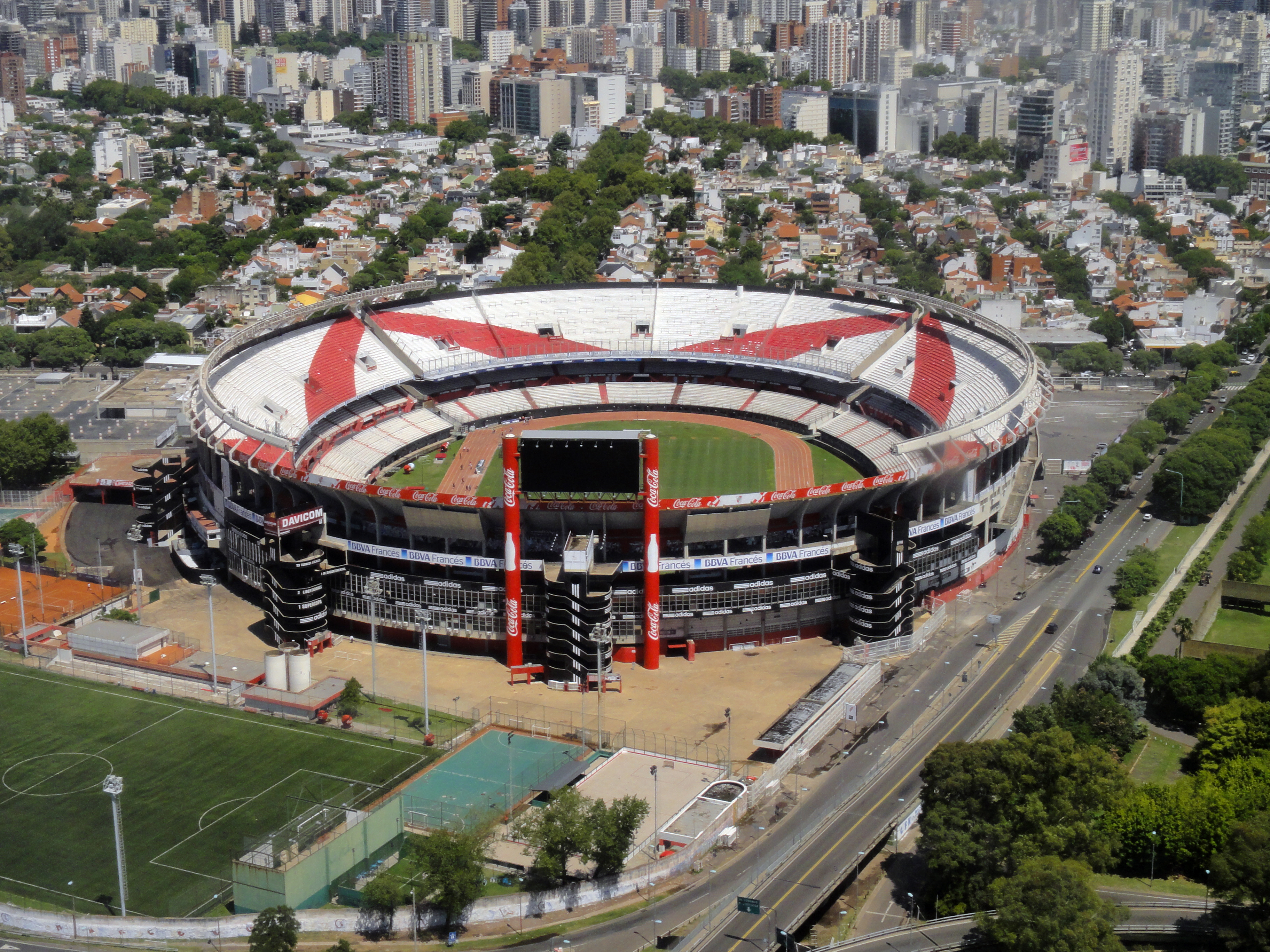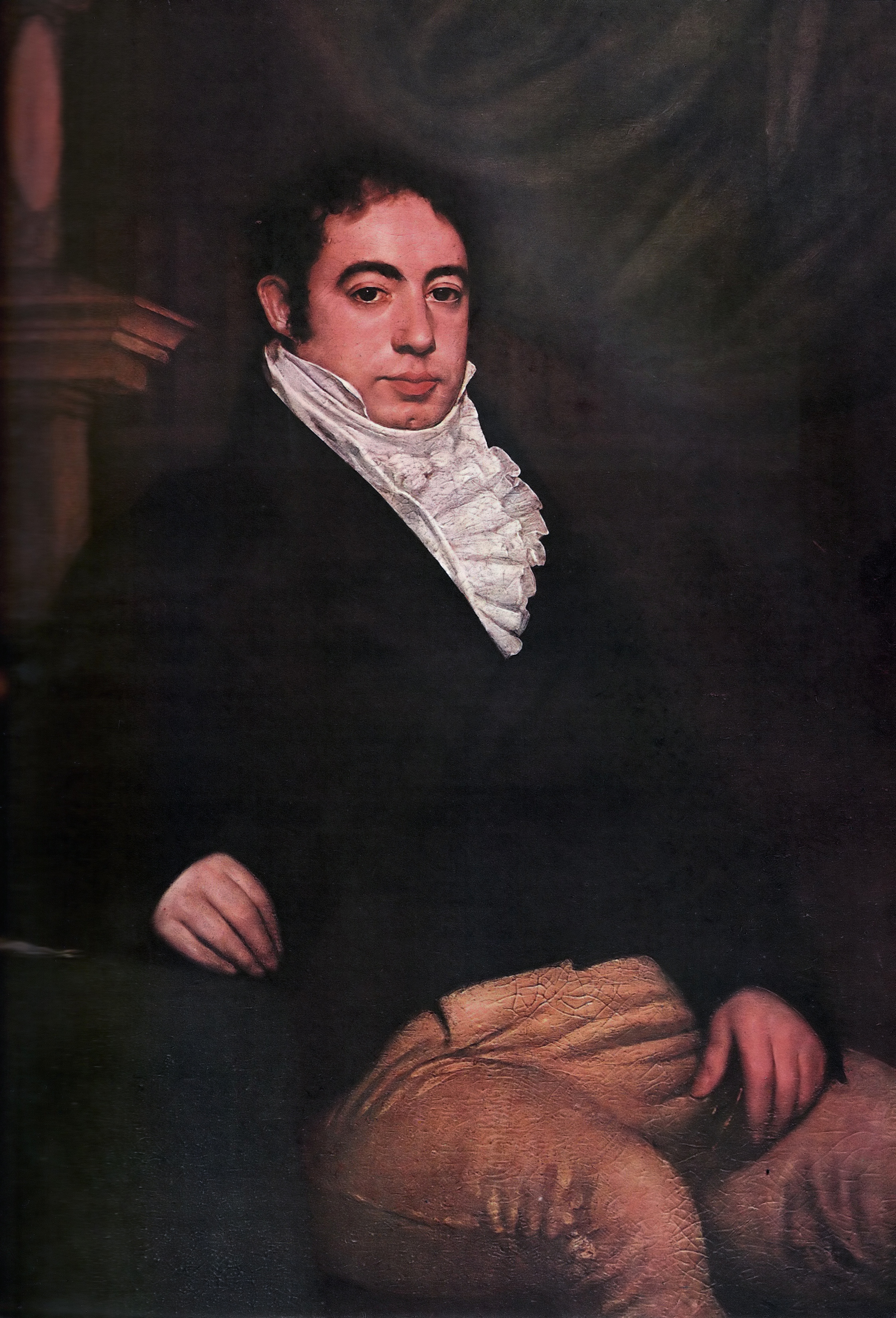|
Rafael Bielsa
Rafael Antonio Bielsa Caldera (born February 15, 1953) is an Argentine Justicialist Party politician from Rosario, province of Santa Fe. Since 2020 he has been Argentina's ambassador to Chile. Early life and education Bielsa spent his childhood in Morteros, Córdoba, the birthplace of his mother. He studied at the Faculty of Law of the National University of Rosario and became a lawyer. Bielsa is also a poet, writer and essayist. He is the brother of former Argentina national football team coach Marcelo Bielsa; both are well-known Newell's Old Boys supporters. He is also the brother of architect María Eugenia Bielsa, Vice-Governor of Santa Fe from 2003 to 2007 and Minister of Habitat from 2019 to 2020. In 1974 Bielsa began at the Federal Court of Rosario. In 1977, during the Dirty War, suspected of being a member of the Montoneros radical guerrilla group, Bielsa was detained and taken to the ''"El Castillo"'' (also known as ''"El Fortín"'') illegal detention centre, ... [...More Info...] [...Related Items...] OR: [Wikipedia] [Google] [Baidu] |
List Of Ambassadors Of Argentina To Chile
The Argentine ambassador An ambassador is an official envoy, especially a high-ranking diplomat who represents a state and is usually accredited to another sovereign state or to an international organization as the resident representative of their own government or sov ... in Santiago de Chile is the official representative of the Government in Buenos Aires to the Government of Chile. List of representatives Rosendo Fraga, La política exterior argentina: a través de los mensajes presidenciales al Congreso, 1854–2001, Consejo Argentino para las Relaciones Internacionales, Centro de Estudios de Política Exterior Buenos Aires 01.01.2002 - 637 pphttps://books.google.com/books?id=l-h6AAAAMAAJ&q=%22h.+Luis+Mar%C3%ADa+de+Pablo+Pardo+(1960-1961)%22+(196https://books.google.com/books?id=l-h6AAAAMAAJ&q=%22Carlos+Gustavo+Lerena+(1950-1952)+d.+lsmael+Juan+de+la+Cruz+Guerrero+(1953-1955)+e.%2https://books.google.com/books?id=l-h6AAAAMAAJ&q=%22t.+Antonio+Fransisco+Cafiero+(19 ... [...More Info...] [...Related Items...] OR: [Wikipedia] [Google] [Baidu] |
Argentina National Football Team
The Argentina national football team represents Argentina in men's international football and is administered by the Argentine Football Association, the governing body for football in Argentina. Nicknamed ''La Albiceleste'' ('The White and Sky Blue'), they are the reigning world champions, having won the most recent World Cup in 2022. Overall, Argentina has appeared in a World Cup final six times; a record surpassed only by Brazil and Germany; Argentina played in the first ever final in 1930, which they lost 4–2 to their South American rival Uruguay. Argentina's next final appearance came 48 years later, in 1978, when the team captained by Daniel Passarella defeated the Netherlands 3–1 in extra time, being crowned world champions for the first time. Captained by Diego Maradona, Argentina won their second World Cup eight years later, in 1986, with a 3–2 final victory over West Germany. They reached the final once more under the guidance of Maradona, in 1990, b ... [...More Info...] [...Related Items...] OR: [Wikipedia] [Google] [Baidu] |
Ministry Of Foreign Affairs And Worship
The Ministry of Foreign Affairs, International Trade and Worship ( es, Ministerio de Relaciones Exteriores, Comercio Internacional y Culto; MRECIC), informally referred to as the Chancellery ( es, Cancillería), is the Argentine government ministry dealing with the foreign relations of Argentina, Argentina's foreign policy, international development, international trade, diaspora and matters dealing with Mercosur and the Catholic Church. The Ministry of Foreign Affairs is one of the oldest continuously existing portfolios in the Argentine government, having existed uninterruptedly since the formation of the first Argentine executive in 1854, in the presidency of Justo José de Urquiza. The incumbent minister is Santiago Cafiero, who has served since 20 September 2021 in the cabinet of Alberto Fernández. Structure and dependencies The Ministry's Department of Worship (''Secretaría de Culto'') has several directorates. The Registry Directorate maintains the National Regi ... [...More Info...] [...Related Items...] OR: [Wikipedia] [Google] [Baidu] |
Carlos Menem
Carlos Saúl Menem (2 July 1930 – 14 February 2021) was an Argentine lawyer and politician who served as the President of Argentina from 1989 to 1999. Ideologically, he identified as a Peronist and supported economically liberal policies. He led Argentina as president during the 1990s and implemented a free market liberalization. He served as President of the Justicialist Party for thirteen years (from 1990 to 2001 and again from 2001 to 2003), and his political approach became known as Federal Peronism. Born in Anillaco to a Syrian family, Menem was raised as a Muslim,"Carlos Menem" ''Encyclopædia Britannica'' but later converted to Roman Catholicism to pursue a political career. Menem became a [...More Info...] [...Related Items...] OR: [Wikipedia] [Google] [Baidu] |
President Of Argentina
The president of Argentina ( es, Presidente de Argentina), officially known as the president of the Argentine Nation ( es, Presidente de la Nación Argentina), is both head of state and head of government of Argentina. Under the national constitution, the president is also the chief executive of the federal government and commander-in-chief of the armed forces. Throughout Argentine history, the office of head of state has undergone many changes, both in its title as in its features and powers. Current president Alberto Fernández was sworn into office on 10 December 2019. He succeeded Mauricio Macri. The constitution of Argentina, along with several constitutional amendments, establishes the requirements, powers, and responsibilities of the president and term of office and the method of election. History The origins of Argentina as a nation can be traced to 1776, when it was separated by the King Charles III of Spain from the existing Viceroyalty of Peru, creating the new ... [...More Info...] [...Related Items...] OR: [Wikipedia] [Google] [Baidu] |
1983 Argentine General Election
The Argentine general election of 1983 was held on 30 October and marked the return of constitutional rule following the self-styled National Reorganization Process dictatorship installed in 1976. Voters fully chose the president, governors, mayors, and their respective national, province and town legislators; with a turnout of 85.6%. Background In 1976 the military announced a coup d'état against President Isabel Perón with problems of financial instability, inflation, endemic corruption, international isolation and violence that typified her last year in office. Many citizens believed the National Reorganization Process, the junta's government, would improve the general state of Argentina. As that regime's third dictator, General Leopoldo Galtieri, awoke in the early hours of June 18, 1982, to find a letter requesting he resign, however, he had no doubt that the Process had run its course. Against the wishes of Galtieri's commanders, the Joint Chiefs chose Army General Reynald ... [...More Info...] [...Related Items...] OR: [Wikipedia] [Google] [Baidu] |
Spain
, image_flag = Bandera de España.svg , image_coat = Escudo de España (mazonado).svg , national_motto = '' Plus ultra'' ( Latin)(English: "Further Beyond") , national_anthem = (English: "Royal March") , image_map = , map_caption = , image_map2 = , capital = Madrid , coordinates = , largest_city = Madrid , languages_type = Official language , languages = Spanish , ethnic_groups = , ethnic_groups_year = , ethnic_groups_ref = , religion = , religion_ref = , religion_year = 2020 , demonym = , government_type = Unitary parliamentary constitutional monarchy , leader_title1 = Monarch , leader_name1 = Felipe VI , leader_title2 = Prime Minister , leader_name2 = Pedro Sánchez , legislature = ... [...More Info...] [...Related Items...] OR: [Wikipedia] [Google] [Baidu] |
Torture
Torture is the deliberate infliction of severe pain or suffering on a person for reasons such as punishment, extracting a confession, interrogation for information, or intimidating third parties. Some definitions are restricted to acts carried out by the state, but others include non-state organizations. Torture has been carried out since ancient times. In the eighteenth and nineteenth centuries, Western countries abolished the official use of torture in the judicial system, but torture continued to be used throughout the world. A variety of methods of torture are used, often in combination; the most common form of physical torture is beatings. Since the twentieth century, many torturers have preferred non-scarring or psychological methods to provide deniability. Torturers are enabled by organizations that facilitate and encourage their behavior. Most victims of torture are poor and marginalized people suspected of crimes, although torture against political prisoners o ... [...More Info...] [...Related Items...] OR: [Wikipedia] [Google] [Baidu] |
Guerrilla Warfare
Guerrilla warfare is a form of irregular warfare in which small groups of combatants, such as paramilitary personnel, armed civilians, or irregulars, use military tactics including ambushes, sabotage, raids, petty warfare, hit-and-run tactics, and mobility, to fight a larger and less-mobile traditional military. Although the term "guerrilla warfare" was coined in the context of the Peninsular War in the 19th century, the tactical methods of guerrilla warfare have long been in use. In the 6th century BC, Sun Tzu proposed the use of guerrilla-style tactics in '' The Art of War''. The 3rd century BC Roman general Quintus Fabius Maximus Verrucosus is also credited with inventing many of the tactics of guerrilla warfare through what is today called the Fabian strategy. Guerrilla warfare has been used by various factions throughout history and is particularly associated with revolutionary movements and popular resistance against invading or occupying armies. Guerrilla ... [...More Info...] [...Related Items...] OR: [Wikipedia] [Google] [Baidu] |
Montoneros
Montoneros ( es, link=no, Movimiento Peronista Montonero-MPM) was an Argentine left-wing Peronist guerrilla organization, active throughout the 1970s and early 1980s. The name is an allusion to the 19th-century cavalry militias called Montoneras, who fought for the Federalist Party during the Argentine Civil Wars. After Juan Perón's return from 18 years of exile and the 1973 Ezeiza massacre, which marked the definitive split between left and right-wing Peronism, the president expelled the Montoneros from the Justicialist party in May 1974. The group was completely destroyed during the Dirty War. Ideology The Montoneros began as a self-described Christian, nationalist, and socialist group; but as time passed the socialist element eclipsed the Christian. The writer Pablo Giussani claims that the Montoneros maintained that democracies were a complex masquerade that concealed fascist governments and delayed class struggle. Their attacks sought to force the governments to gi ... [...More Info...] [...Related Items...] OR: [Wikipedia] [Google] [Baidu] |
Dirty War
The Dirty War ( es, Guerra sucia) is the name used by the military junta or civic-military dictatorship of Argentina ( es, dictadura cívico-militar de Argentina, links=no) for the period of state terrorism in Argentina from 1974 to 1983 as a part of Operation Condor, during which military and security forces and right-wing death squads in the form of the Argentine Anticommunist Alliance (AAA, or Triple A) hunted down any political dissidents and anyone believed to be associated with socialism, left-wing Peronism, or the Montoneros movement.''Political Violence and Trauma in Argentina, '' Antonius C. G. M. Robben, p. 145, University of Pennsylvania Press, 2007Marguerite Guzmán Bouvard, ''Revolutionizing Motherhood: The Mothers of the Plaza De Mayo,'' p. 22, Rowman & Littlefield, 1994 It is estimated that between 9,000 and 30,000 people were killed or disappeared, many of whom were impossible to formally document due to the nature of state terrorism. The primary ta ... [...More Info...] [...Related Items...] OR: [Wikipedia] [Google] [Baidu] |
Ministry Of Territorial Development And Habitat
The Ministry of Territorial Development and Habitat ( es, Ministerio de Desarrollo Territorial y Hábitat; MDTyH) of Argentina is a ministry of the national executive power that oversees and defines the Argentine state's policies on housing and habitat. The ministry was created in 2019, as one of the initial measures of President Alberto Fernández, elevating the housing and territorial development areas of the Ministry of the Interior, Public Works and Housing. The current minister is Santiago Maggiotti, of the Justicialist Party, since November 2022. Attributions The attributions and responsibilities of the Ministry of Territorial Development and Habitat are specified in Article 23 ''decies'' of the current Law of Ministries (''Ley de Ministerios''), published in 2019. This law states that the ministry exists since housing is a right, as well as a necessity for the wellbeing of the population. In this vein, the Ministry is in charge of intervening in the elaboration of publ ... [...More Info...] [...Related Items...] OR: [Wikipedia] [Google] [Baidu] |





